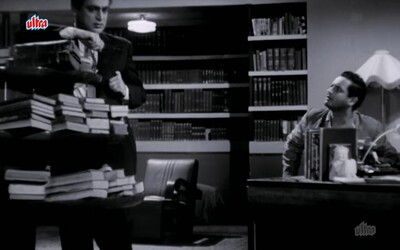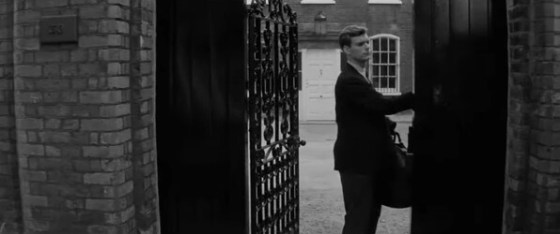Back in November 2021, my publisher, Speaking Tiger, released the first novel in my four-book The Delhi Quartet, a series of novels that will tell the stories of a group of interconnected families against a backdrop of 800 years of Delhi’s history. That book, The Garden of Heaven, was set in the early years of the Delhi Sultanat, beginning four years before Mohammad of Ghur attacked Delhi and wrested power from the ruling Rajputs. The Garden of Heaven spanned around 200 years, and its story was narrated by a woman, Shagufta. Shagufta, who tells the story of her ancestors to a wounded enemy soldier (one of the attacking army of Taimur), whom she has (against her better judgment) saved and succored.
Cut to 150 years later. 1556. A terrible drought grips the north Indian plains, even as a thirteen-year-old Jalaluddin Mohammad Akbar tries to maintain a grip on the throne he has inherited after the sudden death of his father Humayun. There is uncertainty, instability—and death could be right round the corner.
In Delhi, an old calligrapher named Nadeem sets out to document the story of his family. Along with his teenaged grandson Mohsin, Nadeem chronicles their history, beginning with the tale of Daanish, the son of Shagufta (from The Garden of Heaven).
Continue reading










